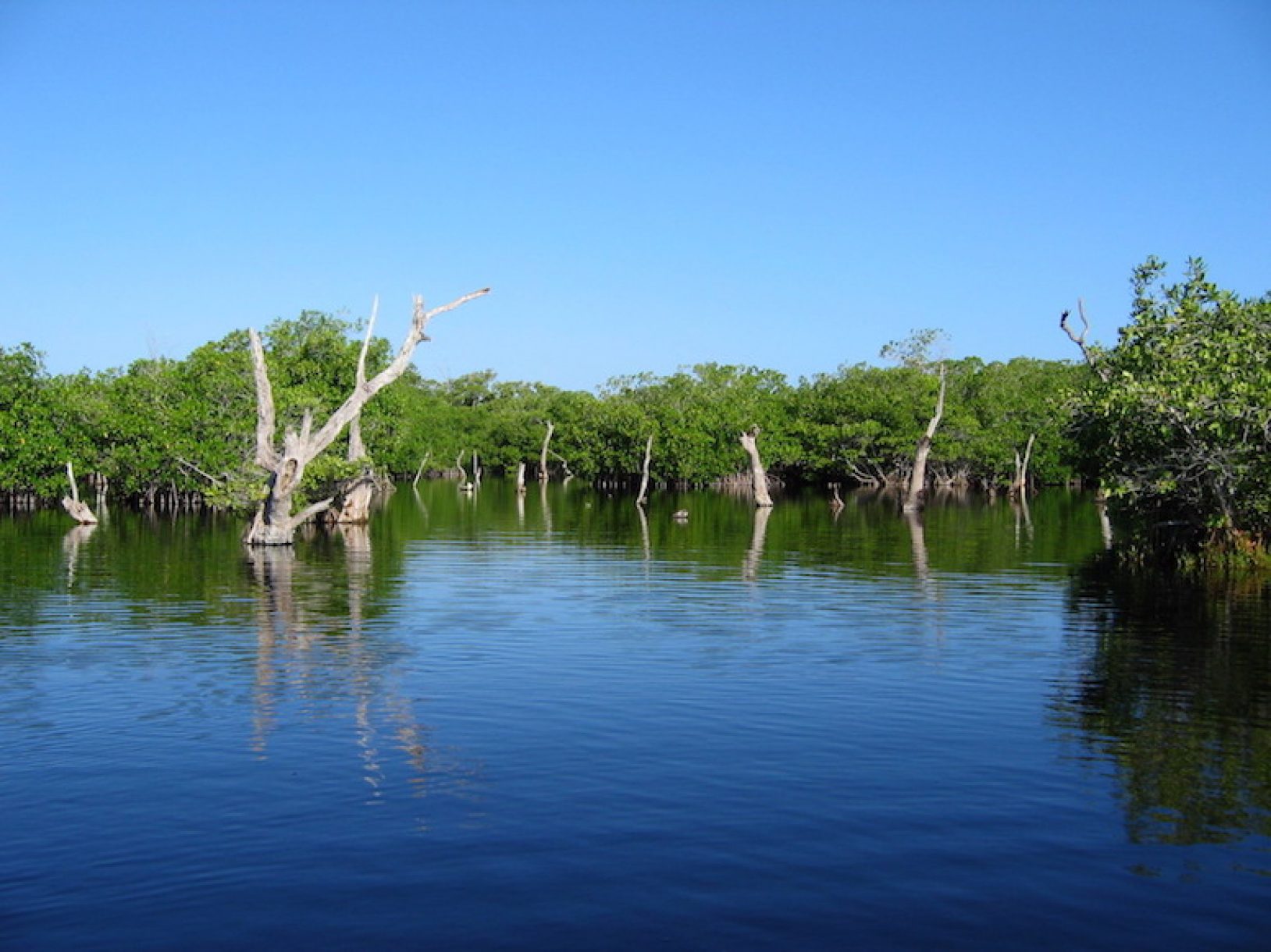I remember the first time I looked out on the Celestun Estuary in 1984. I was amazed at the line of migratory waterfowl running from the Celestun bridge to the end of the estuary, around eight miles. There were nine different species of waterfowl at that time. But things have changed. Human activities, including increasing upland development, threaten most of the coastal ecosystems in Mexico. In some cases, there is a complete loss of the quality of habitat that supported resident and migratory waterfowl. The clock is ticking, and we need to guarantee the restoration of important wetland ecosystems and the long-term conservation of these historically important habitats for waterfowl in Mexico. This is our responsibility, and it is the reason I came to Ducks Unlimited de México.
Last year, NABCI celebrated the Centennial anniversary of the Migratory Bird Treaty and released a draft hemispheric vision looking forward to the next 100 years of collaborative bird conservation. With these milestones, the U.S., Mexico, and Canada have recommitted to international cooperation to conserve our shared migratory birds.
Ducks Unlimited, Inc. (DU) and its sister organizations, Ducks Unlimited Canada (DUC) and Ducks Unlimited de México (DUMAC), have long been committed to continental-scale habitat conservation. DUMAC was established in 1974 to care for waterfowl habitats in Mexico. The importance of these wetlands for migratory birds is well documented. Winter surveys have recorded almost all species of North America’s common ducks and geese. Some habitats, however, are truly crucial for certain species. For example, 80 percent of all Redheads winter along the Gulf Coast, the majority depending on Mexico’s portion of the Laguna Madre for wintering habitat. About 85 percent of North America’s Pacific Brant winter in shallow bays along the coast of the Baja Peninsula, where they feed on an abundance of eelgrass. Almost all of the continent’s Blue-winged and Cinnamon Teal migrate through Mexico, and high proportions of other popular game species such as Northern Pintails and White-fronted Geese migrate into Mexico each winter. This significance to waterfowl combined with threats to mangrove marshes across the globe – as well as the importance of wetlands for clean and abundant water for people – make DUMAC’s work increasingly important.
Mexico is a developing country, where conservation is often viewed as a luxury and a limitation for development. DUMAC’s staff bring a familiarity with their society and culture that helps them understand how best to tackle waterfowl and wetland conservation needs. Because the waterfowl hunting community in Mexico has always been small, DUMAC reaches beyond them, working hand in hand with people in local communities to help them see for themselves how wetland conservation benefits their quality of life and clean water. In addition to habitat conservation projects, we strategically focus on providing science to inform and influence important public policy decisions. And through training and education of natural resource professionals, we extend our reach beyond Mexico and into all of Latin America in ways that will affect natural resource conservation well into the future.
The broader bird conservation community can learn from our experiences, particularly in countries where conservation is a luxury. Focusing on the benefits to people’s lives from our habitat conservation work enables us to do much more than we could if all of our communications and outreach focused only on birds and other wildlife.
Over its first 43 years, DUMAC has conserved more than 1.9 million acres of wetland habitat, inventoried 24 million acres of wetlands in Mexico, and provided advanced natural resource conservation training to more than 561 professional managers working in Mexico, 22 other Latin American countries, and one African nation. That’s a big impact for bird conservation from a small but mighty organization.

